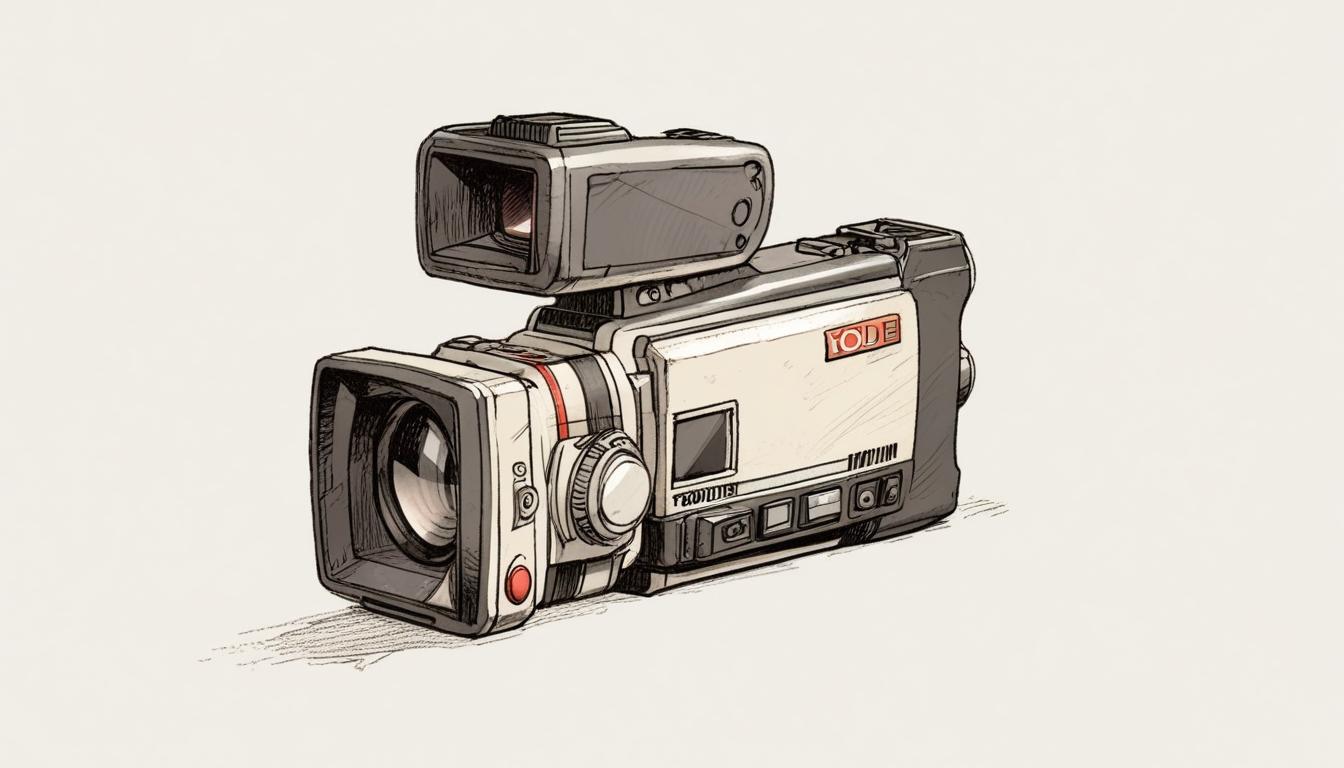In the two decades since Jawed Karim uploaded the first video to YouTube, the platform has grown into a transformative force in media creation and consumption, fundamentally reshaping how the world accesses information and entertainment.
YouTube’s origins trace back to 2005, with Karim's pioneering upload at a zoo marking the humble beginning of what would become an unparalleled digital phenomenon. Initially, even its creators were uncertain about the site's ultimate purpose. Karim told USA Today that the vision was to build a platform for quickly discovering trending stories online, while others recalled the intent was to create a space for sharing important personal life moments. Over time, YouTube evolved into a multifaceted repository of content that reflected all these ambitions.
In the early days, the platform’s format was far from polished. A technology journalist reflected on his own experience, recalling a grainy, silent 800-by-600 pixel animation of pumpkin carving titled "Ghost Carves Halloween Pumpkin." Despite its rudimentary quality, the video encapsulated many foundational elements of successful YouTube content, including a succinct title, clear description, viewer feedback through likes and comments, and nascent community engagement. When featured on YouTube’s homepage, the video saw an unexpected surge to over 200,000 views, demonstrating early viral potential—a phenomenon that remains elusive for many creators today.
One of YouTube’s enduring legacies is its democratisation of media production, lowering barriers between creators and audiences. No longer reliant on traditional broadcasters or film studios, anyone able to film and edit could potentially reach millions. This opened the door for creators like Justin Bieber and Shawn Mendes, who rose to fame through their YouTube presence. Established YouTubers such as MKBHD and iJustine have cultivated loyal viewerships that rival those of popular television programmes.
The platform has also played a critical role in changing viewing habits globally. The shift towards online video consumption arguably paved the way for streaming giants like Netflix, which entered the streaming arena in 2007, shortly after YouTube's launch. While YouTube initially hosted short, punchy videos, it has since expanded its content to include long-form formats, such as video podcasts and hour-long explorations, accommodating a spectrum of viewing tastes.
Perhaps one of YouTube’s most significant impacts lies in its role as an educational resource. The range of tutorials available is by now encyclopedic, covering countless topics ranging from automotive repairs to home improvement tasks. Many people now turn to YouTube as their go-to reference for solving practical problems or acquiring new skills. The journalist behind the pumpkin carving video shared that he has relied on YouTube to guide him through various unfamiliar tasks, testifying to the platform’s widespread utility.
YouTube has also shaped the media consumption habits of successive generations. A 2022 Pew Research study revealed that 95% of teenagers use YouTube, with TikTok close behind. Parents confirm that younger children under the age of 11 also frequently watch content on the platform. This entrenched exposure means that many young people today have grown up alongside YouTube, with their understanding and expectations of media largely formed by the content they consume there.
The journalist concluded with a poignant reflection on the mutual shaping of creator and platform: "My point is, we made YouTube, and then YouTube made us." As YouTube celebrates its 20th anniversary, it stands as a testament to how a simple video-sharing site evolved into an indispensable element of everyday life for millions around the globe.
Source: Noah Wire Services
